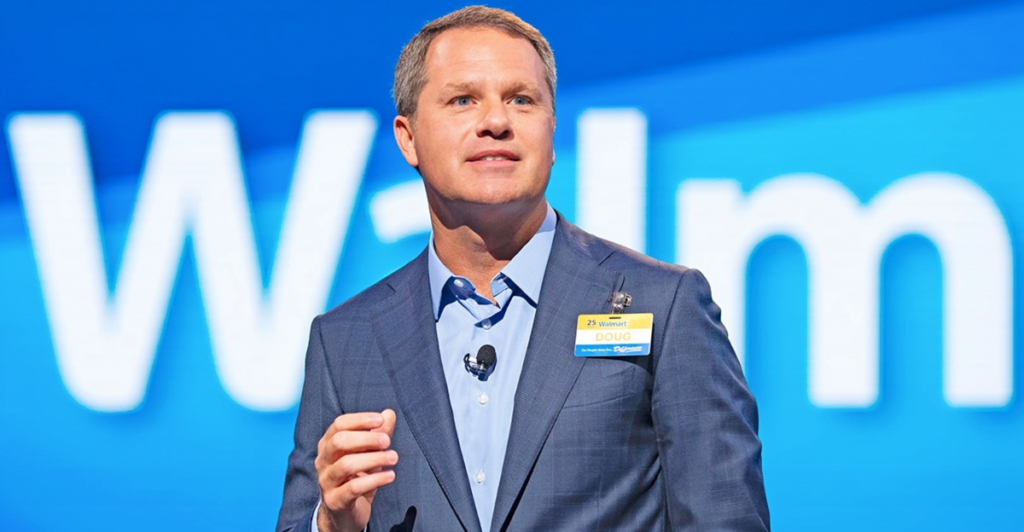
At first glance, Walmart’s $350 billion pledge to support U.S. manufacturing might seem like a flashy PR move. But this push builds on a real strategy launched in 2013—and it’s accelerating fast. Targeting key sectors like plastics, textiles, and food processing, the initiative aims to cut 100 million metric tons of CO₂ by bringing production closer to home.
For Americans, the stakes are personal: an estimated 750,000 new jobs and major opportunities for small businesses. This isn’t just policy—it’s about paychecks, pricing, and local economies. So what’s really driving Walmart’s American-first pivot?
“America-First” — What It Actually Means
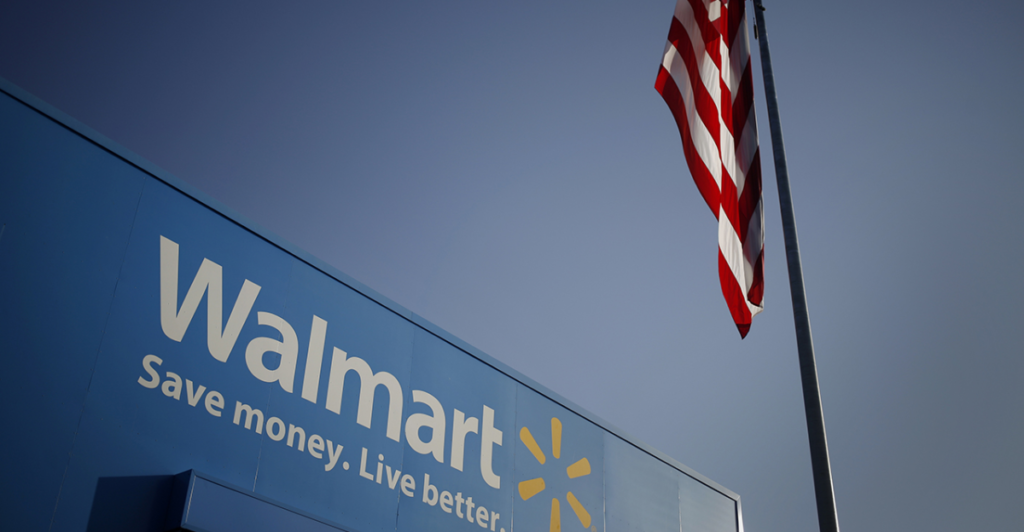
Walmart’s use of “America-First” isn’t about ideology—it’s about resilience. With global supply chains showing cracks, the retailer is working to bring more production stateside. In sectors like pharmaceuticals and textiles—where China supplies 20% of Walmart imports—rebuilding a U.S. manufacturing base reduces risk and boosts independence.
It’s a throwback to Sam Walton’s 1985 “Bring It Home to the USA” campaign, revived in modern form. This reshoring effort also reflects customer demand: 85% of Walmart shoppers prefer American-made products. While it aligns with federal “Buy American” policies, this movement stands on its own.
Financial Ripples – Wages, Jobs, and Small Business Boom
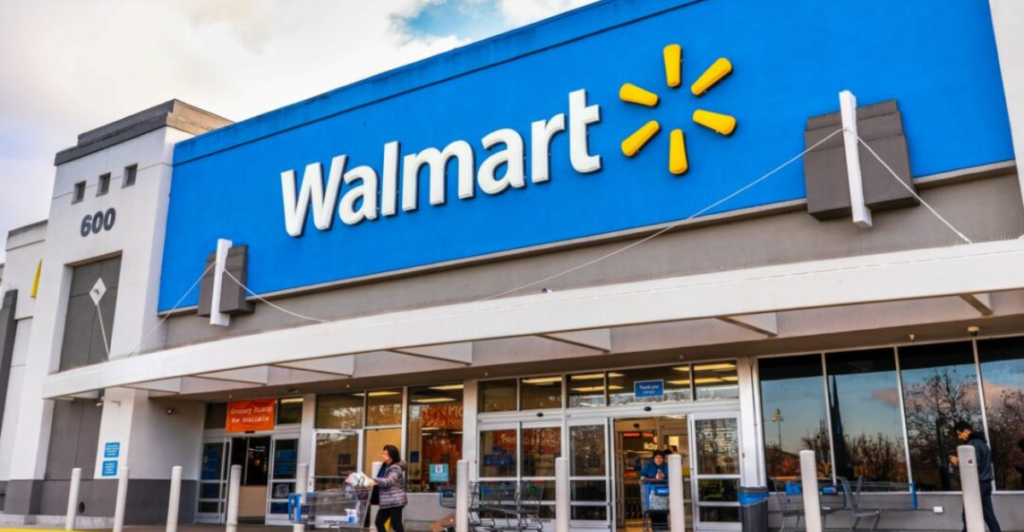
Walmart’s average U.S. hourly wage jumped from $12 to $17.50 since 2020, and store managers can now earn $128,000 annually. But this $350 billion effort aims higher—projecting 750,000 new jobs nationwide. In places like Anderson, South Carolina, suppliers such as Techtronic Industries are doubling headcount.
Small businesses are gaining traction too: 60% of Walmart’s U.S. suppliers are small-scale, with 9,000 entrepreneurs accessing tools like Open Call, mentorships, and e-learning. In 2021 alone, diverse suppliers generated $13.4 billion in economic impact and created nearly 86,000 jobs. For many, this program is a rare growth gateway.
Rewiring Supply Chains – From “Just-in-Time” to “Just-in-Case”
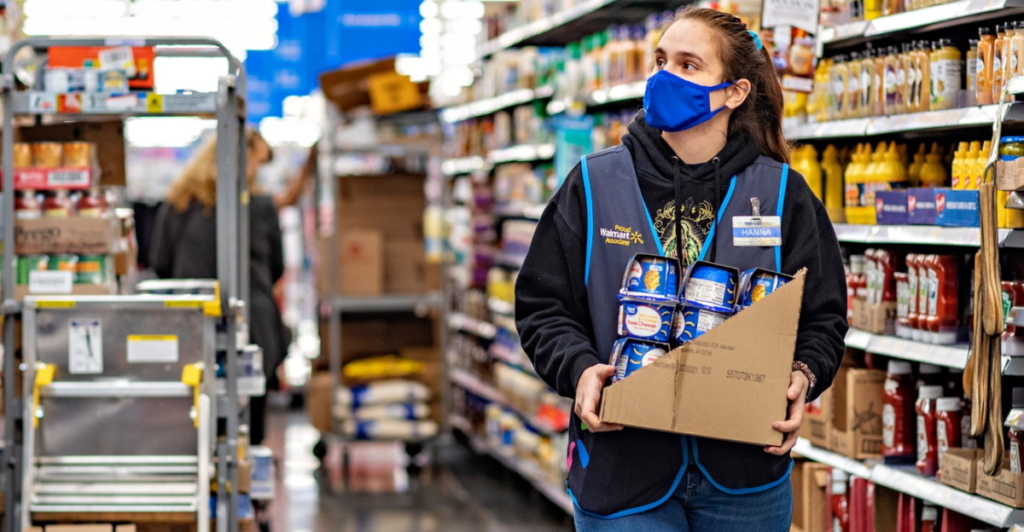
COVID-19 exposed the risks of global dependence, prompting Walmart to rethink how it sources and stocks. Its “American Lighthouses”—regional hubs unites local manufacturers, academics, and policymakers to smooth production snags. Walmart’s pivot to FOB pricing helps buffer customers from tariff-related costs, while nearshoring under the USMCA strengthens resilience.
Already, 66% of Walmart goods are U.S.-sourced, a figure set to grow. The retailer is also reducing reliance on Chinese imports in key areas like electronics—cutting exposure by 40%—and leaning into local solutions that protect both shelves and shoppers.
Small Business Empowerment – The “Grow With Us” Blueprint
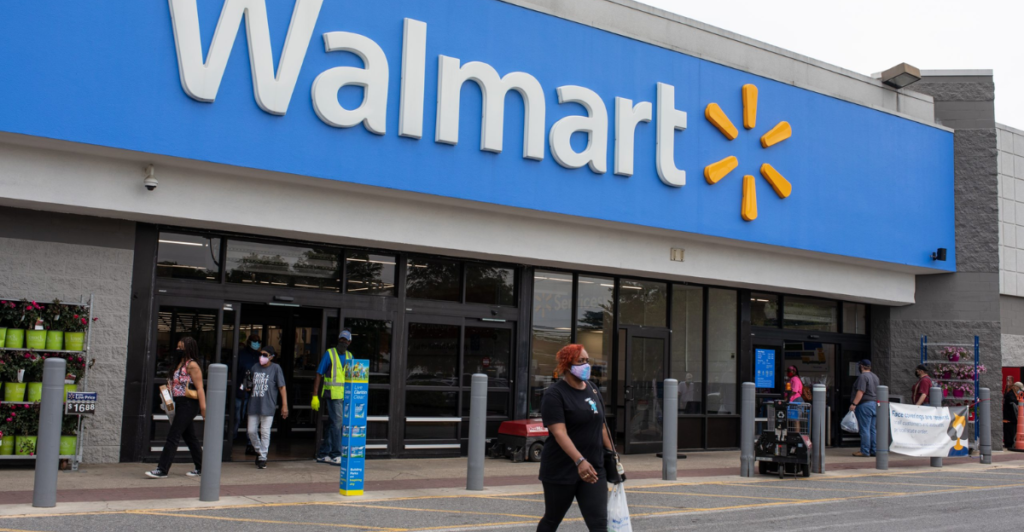
Take Milo’s Tea—a local Alabama brand that now runs four facilities and employs 1,000 people nationwide. Stories like this show how Walmart’s “Grow With Us” program offers more than shelf space. With a voluntary four-part curriculum, supplier training, financial support, and mentoring, the initiative opens doors for new voices. t’s a meaningful shift toward retail access that’s historically been hard to break into.
Wage Trends – Balancing Profit Margins and Worker Pay
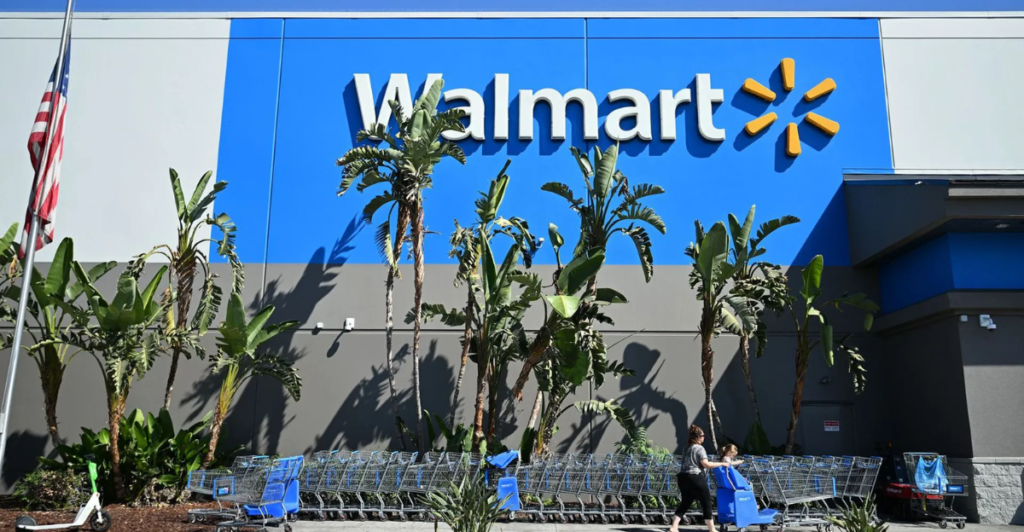
Raising wages while preserving profits is no small feat. Critics say Walmart’s average $17.50 hourly wage lags behind Costco’s $24, but the company has increased pay four times since 2020. Store managers—many promoted from hourly roles—can now earn six figures, with bonuses that double base pay.
While analysts caution this could strain margins, Walmart offsets costs through automation and $3 billion in trading efficiencies. Workers are seeing direct benefits too, from parental leave expansions to $1,000 bonuses. It’s a delicate balance—but for many, it’s a step in the right direction.
Environmental Wins – Local Sourcing Cuts Emissions
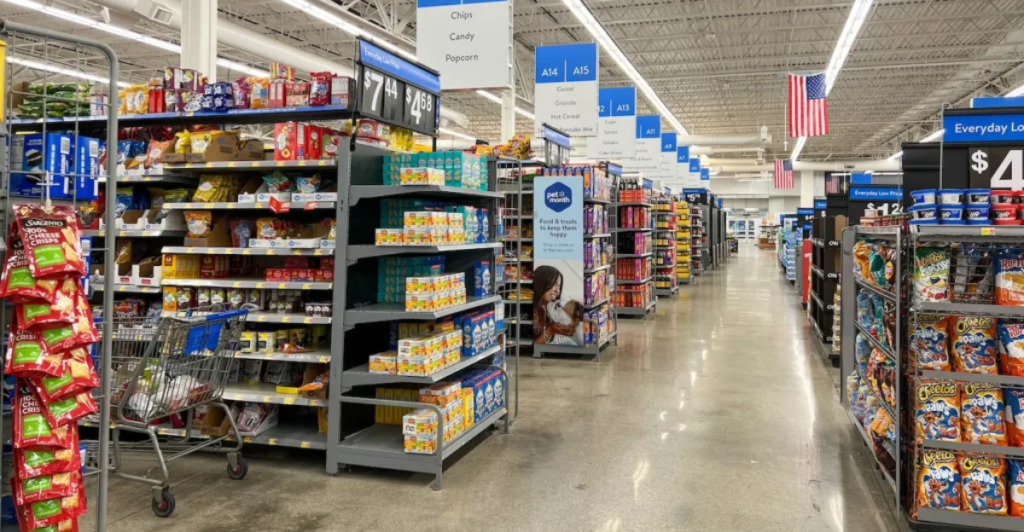
Bringing production closer to home isn’t just smart business—it’s better for the planet. Walmart expects its reshoring efforts to cut 100 million metric tons of CO₂ by reducing long-distance shipping. Key sectors like plastics and textiles, where imports carry heavy tariffs and environmental costs, are being reshaped.
The plan also ties into Walmart’s broader Project Gigaton goal to eliminate 1 billion tons of emissions by 2040. With 66% of product spending already going toward U.S.-made goods, Walmart is reducing its carbon footprint while supporting local economies.
The Road Ahead – Projections and Pitfalls

Walmart’s global moves come with risk. Stock values often dip during trade tensions—but nearshoring and automation are helping recover margins. A 5% drop in Chinese reliance could net Walmart an extra $2.5 billion a year.
Meanwhile, its ad business now brings in $4.4 billion annually, boosting profits without raising shelf prices. Still, challenges remain: tariffs can shift quickly, and consumer loyalty could waver if costs climb. But with 4,700 U.S. stores and a booming e-commerce arm, Walmart has the scale and flexibility to stay ahead.
The Big Picture – A Blueprint for Inclusive Growth
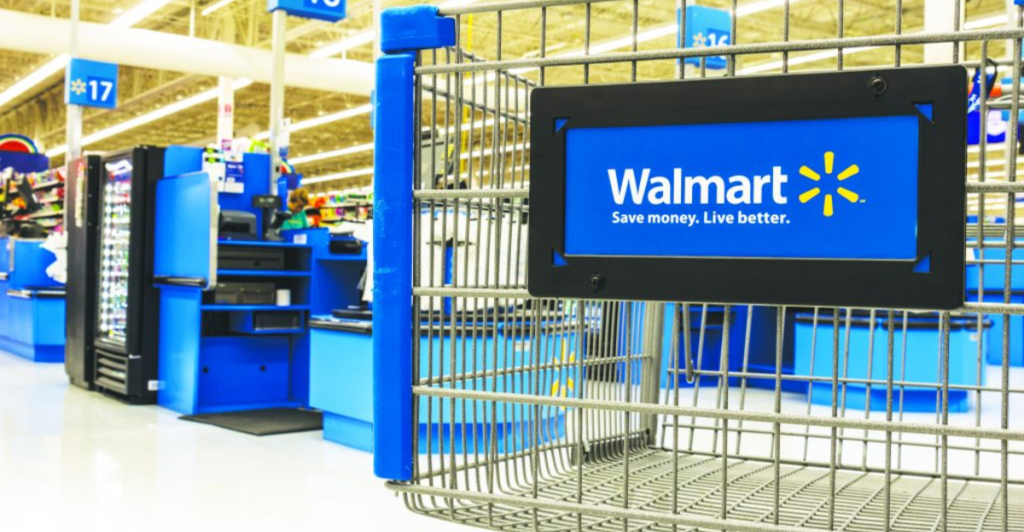
This isn’t just a business move—it’s a vision for sustainable, inclusive economic growth. Walmart’s reshoring plan connects higher wages, lower emissions, and more accessible retail for small businesses. It’s proof that domestic production and equitable opportunity don’t have to be at odds.
For lawmakers, it’s a model of public-private cooperation. For families and communities, it’s a pathway to greater financial stability. As CEO Doug McMillon put it, “Tax reform lets us accelerate plans for the U.S.” The question now: Will others follow?
Discover more trending stories and Follow us to keep inspiration flowing to your feed!

Craving more home and lifestyle inspiration? Hit Follow to keep the creativity flowing, and let us know your thoughts in the comments below!
